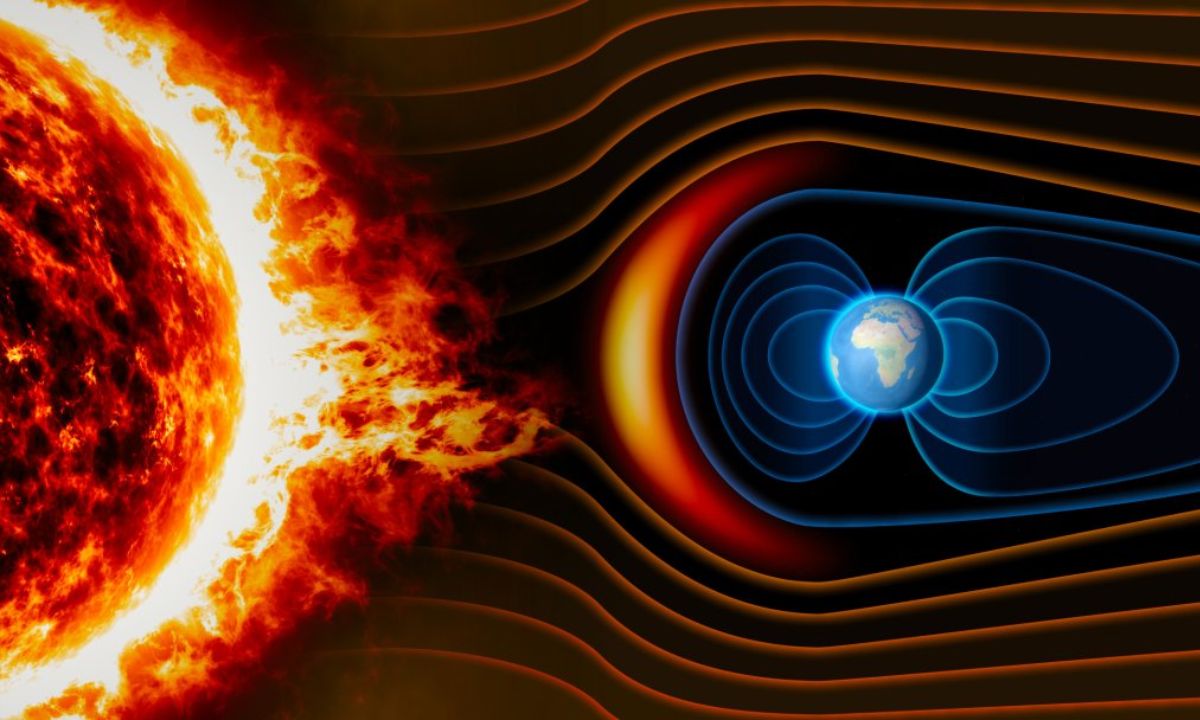A solar event may cause geomagnetic storms on Tuesday, which could make the northern lights visible in several U.S. states, according to the National Oceanic and Atmospheric Administration (NOAA).
Key Facts:
- NOAA predicts a Kp index of 5 on a scale of 9 for Tuesday, meaning the northern lights will be brighter and visible further from the poles.
- A geomagnetic storm watch has been issued due to solar winds from a “coronal hole” and a recent coronal mass ejection. This could disturb Earth’s magnetic field and pull the auroras further south.
- The auroras are expected to become more active by late Tuesday, with the Kp index possibly reaching 6.
Where to See the Northern Lights:
- The best chances for viewing will be in northern Canada and Alaska.
- In the U.S., the northern lights may be visible in parts of northern Washington, Idaho, Montana, North Dakota, Minnesota, and Michigan.
- Areas with the lowest chance to see the northern lights include Wyoming, South Dakota, Iowa, Wisconsin, New York, New Hampshire, Vermont, and Maine.
Best Viewing Time:
- To get the best view, head to a high spot with minimal light pollution between 10 p.m. and 2 a.m. local time.
How to Photograph the Northern Lights:
- With a Camera: Use a wide-angle lens and a tripod for stability. Set the aperture (F-stop) to 4 or less to capture the lights clearly.
- With a Smartphone: Turn on night mode and turn off the flash for the best results.

Background Information:
- The northern lights are caused by solar electrons interacting with Earth’s atmosphere, creating colorful light displays. This phenomenon is more active during periods of increased solar activity, known as a “solar maximum.” NASA predicts this phase will continue until early 2026, bringing more opportunities to see the auroras.
- In 2024, solar activity reached a 500-year peak, and the northern lights were visible as far south as Texas and northern Florida.








